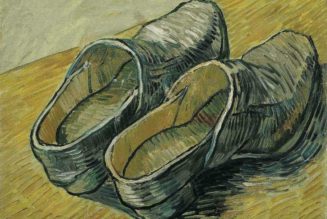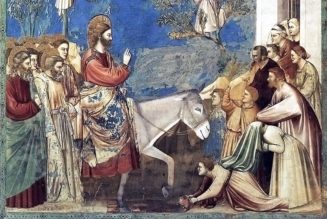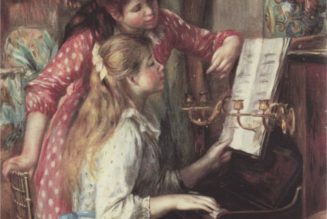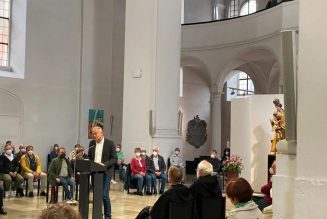El Cid died in Valencia in 1099. His wife remained in command of the city, but the onslaught of the Muslims made it necessary for her to flee in 1102. She therefore decided to have the corpse of the mythical warrior moved from the Valencia cathedral to San Pedro de Cardeña.
El Cid’s tomb was desecrated in 1808 by Napoleon’s troops, but General Thiébault decided to place the remains of the knight in a mausoleum located on a main avenue in the city of Burgos. The remains were brought back to the monastery in 1826.
After the Spanish confiscation, in which the government nationalized the properties of the religious orders, including the convents, the remains of El Cid were transferred to the Burgos Town Hall chapel in 1842.
It was not until 1921 that the remains of El Cid were laid to rest next to his wife in the Burgos cathedral.
At the monastery, however, there is a monolith memorializing Babieca, the faithful horse of El Cid, where tradition says the animal was buried.
Attempts to restore monastic life
Due to the confiscation, the monastery of San Pedro de Cardeña was deprived of monks for 106 years. The Benedictine Order tried to restore monastic life there at the end of the 19th century without success, as they were unable to get the use of land to support the community.
Briefly, the Piarist Fathers occupied the monastery between 1888 and 1901. Four years later, some French Capuchin friars expelled from Toulouse arrived and remained there until 1921.
In 1933, a Cistercian community arrived at the place from San Isidro de Dueñas, in Palencia. The outbreak of the Spanish Civil War prevented their definitive settlement there until 1942, since the site was converted into a prison camp during the conflict. In 1948, the abbey obtained the title to the property.
At present, a community of Trappist monks lives in the monastery, and each August they commemorate the martyrdom of their predecessors.
This story was first published by ACI Prensa, CNA’s Spanish-language news partner. It has been translated and adapted by CNA.
(Story continues below)
Join Our Telegram Group : Salvation & Prosperity








